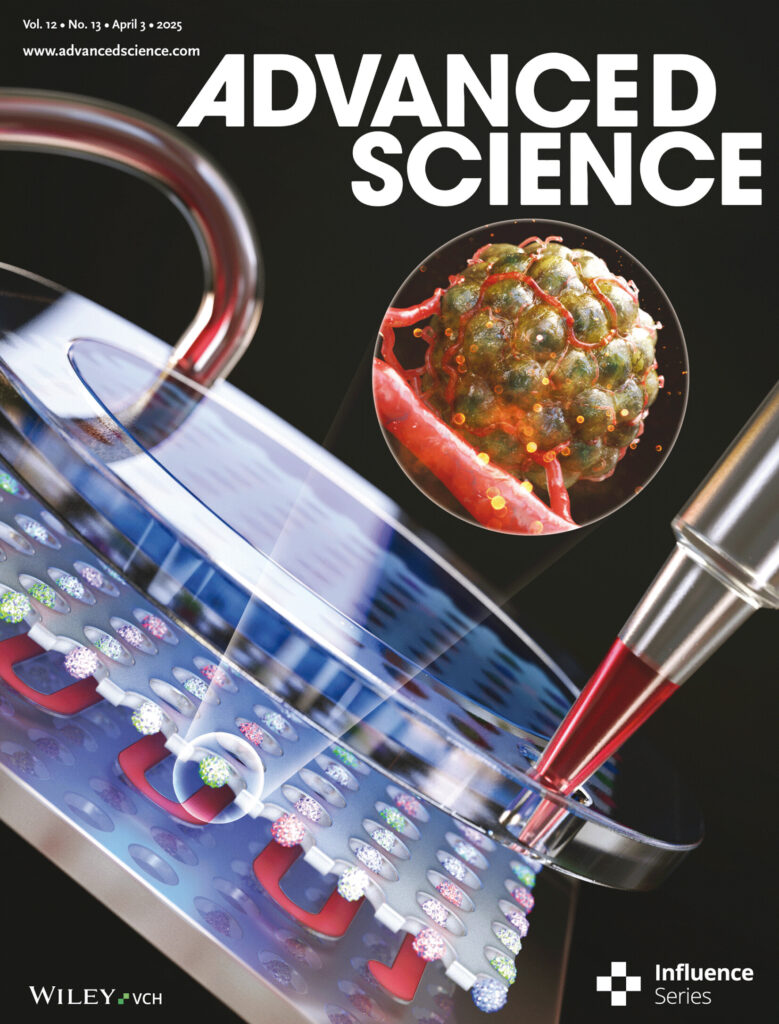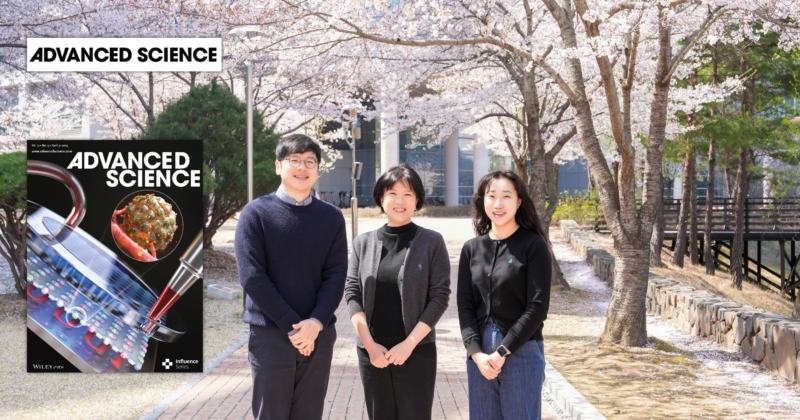A cutting-edge chip technology, capable of precisely mimicking the interactions between cancer cells and blood vessels, akin to the human body environment, has been developed. This innovation is being hailed as a significant breakthrough in the quest for patient-specific cancer drug development.
On April 14, Professor Yoon-Kyoung Cho and her research team from the Department of Biomedical Engineering at UNIST unveiled the spheroid-endothelium interaction (ODSEI) chip, a microfluidic device designed for the large-scale real-time analysis of the interactions between cancer cells and vascular cells.
Cancer cells require significantly more nutrients and oxygen than normal cells to proliferate rapidly. As they cannot produce these resources independently, they stimulate nearby vascular cells to draw the necessary supplies. Understanding the interactions between cancer and blood vessels is crucial for uncovering the dynamic mechanisms of cancer metastasis and drug resistance, and for formulating effective treatment strategies.

Cover page of the April 2025 issue of Advanced Science featuring the ODSEI chip developed by Professor Yoon-Kyoung Cho.
The ODSEI Chip enables the cultivation and analysis of over 1,000 tumor spheroids alongside vascular cells. Unlike traditional closed systems, this open-structured chip allows researchers to retrieve specific spheroids at any moment for genetic analysis. This capability facilitates the tracking of how cancer cells acquire resistance through their interactions with the vasculature.
Using this technology, the research team investigated the mechanisms of resistance to tamoxifen, a breast cancer therapy. Through single-cell RNA sequencing and protein analysis, they identified IL-8 and TIMP-1 as biomarkers that could enhance drug delivery efficiency in blood vessels. They also elucidated how these signaling molecules activate survival signals in cancer cells, thus inhibiting their response to therapeutic agents and contributing to drug resistance.
Jooyoung Ro, a student who served as the first author of the study, remarked, “The chip is designed with a special coated double-layer porous membrane that allows it to maintain an open structure while simulating an environment similar to that of the human body. Although cancer cells and vascular cells are physically separated, signaling molecules can freely exchange between them, allowing for interactive dynamics. Additionally, since each cancer spheroid is cultivated in its own individual well, we can conduct independent observations and analyses without interference.”
Professor Cho expressed optimism about the future applications of this technology, stating, “This opens up new avenues for effectively studying drug resistance under finely mimicked tumor microenvironments. It holds great potential as a crucial platform for the development of patient-specific treatments.”
This research was conducted with the support of the Institute for Basic Science (IBS) and the Ministry of Health and Welfare. The findings were published in Advanced Science on April 3 and were recognized for their innovation and significance by being selected as a cover article, elevating them to a hot topic within the microfluidics field.
Journal Reference
Jooyoung Ro, Junyoung Kim, Juhee Park, et al., “ODSEI Chip: An Open 3D Microfluidic Platform for Studying Tumor Spheroid-Endothelial Interactions,” Adv. Sci., (2025).













